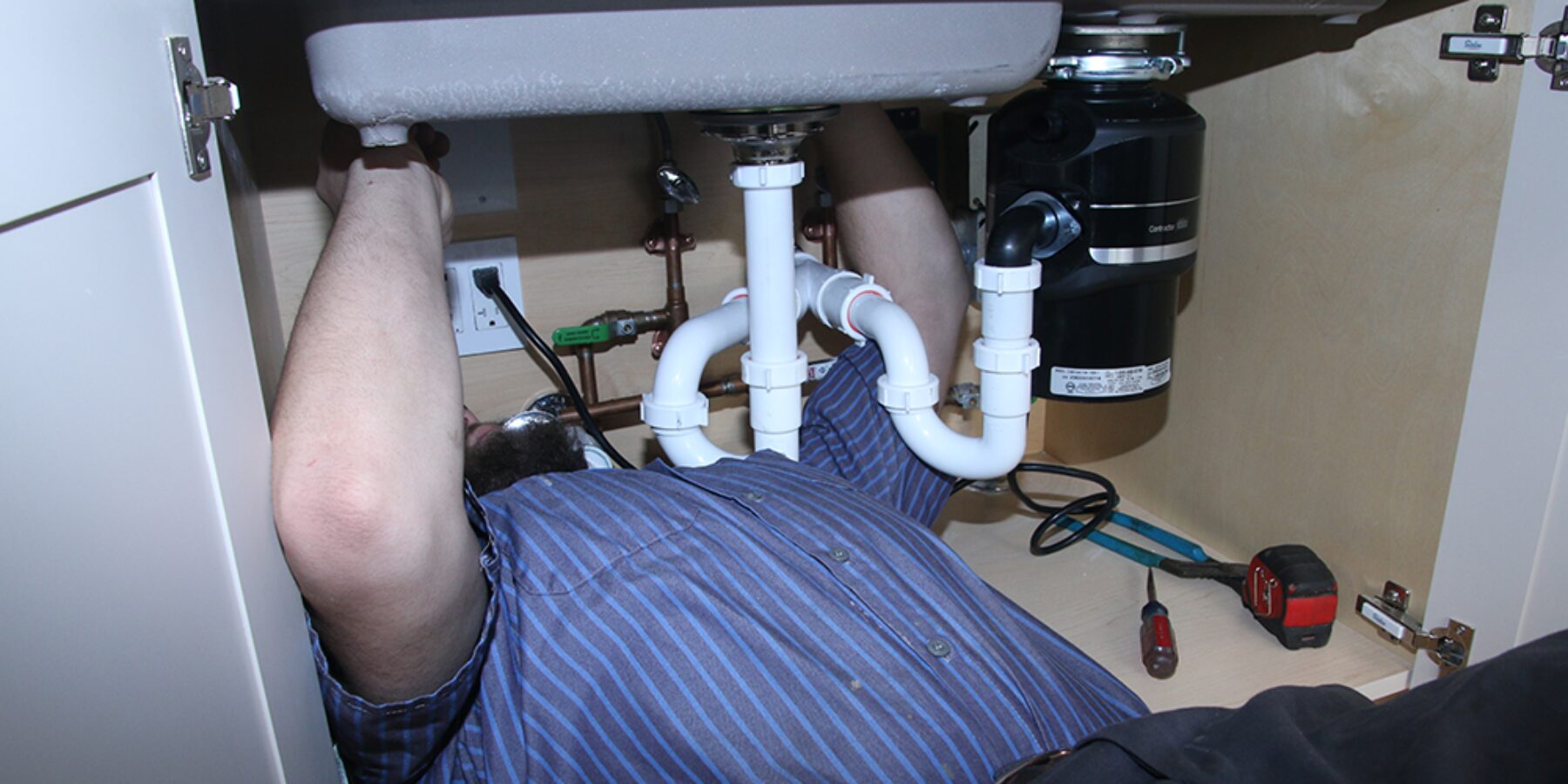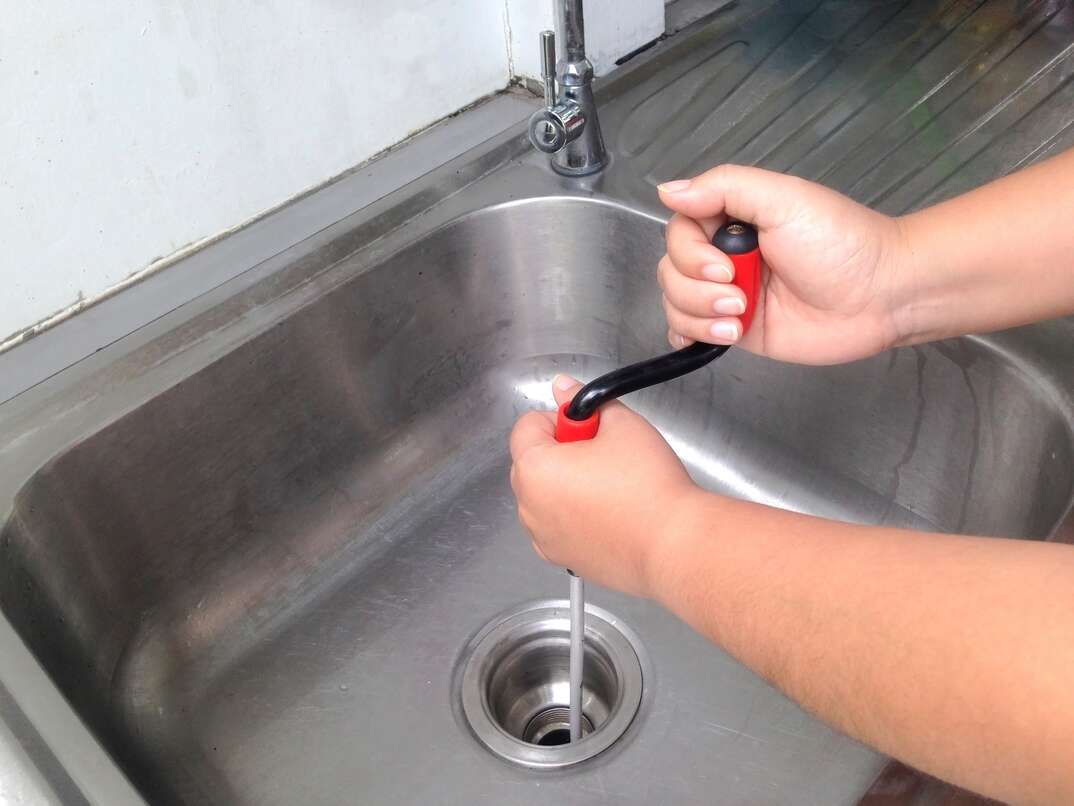Important Steps To Address A Slow-Draining Sink
Important Steps To Address A Slow-Draining Sink
Blog Article
How do you really feel in relation to Solved! How to Fix a Slow Sink Drain?

Intro
We've all been there: You're brushing your teeth or cleaning your hands, and you notice the water pooling in the sink. Instead of promptly swirling down the drain, it remains, turning your once-refreshing morning routine right into a small swamp scene. A slow-draining sink isn't simply irritating; it's often an indication of bigger pipes issues prowling underneath the surface area. The good news is that many slow-draining sinks can be fixed with a little knowledge, a few standard devices, and some persistence. Ready to tackle this task head-on? Allow's roll up our sleeves and dive right in.
Comprehending the Root Causes Of a Slow-Draining Sink
Before you start poking around in your pipes, it aids to know what might be creating the stagnation. Understanding the origin makes it less complicated to choose the best fix.
Devices and Products You'll Need
The right tools make all the distinction. Luckily, you won't require a totally equipped plumber's van to do the job.
Step-by-Step Overview to Dealing With a Slow-Draining Sink
Now, let's get into the nitty-gritty. This step-by-step process will certainly guide you via simple methods to restore your sink's drainage.
Step 1: Remove and Clean the Stopper
Typically, the stopper (that small plug you lower to block water) is the initial offender. Remove it thoroughly and wipe any hair or gunk entraped around its base. Rinse it extensively prior to placing it back in position.
Step 2: Use a Plunger to Displace Debris
Got that bettor ready? Position it over the drain and give it a couple of company pumps. The concept is to develop suction that can loosen any type of blockage. If you see bits of debris drifting up, you get on the appropriate track.
Action 3: Attempt a Drainpipe Serpent or Cord Hanger
If the bettor does not work, it's time to bring out the drainpipe serpent. Delicately feed it right into the drainpipe and twist as you go. You might really feel some resistance-- that's likely the obstruction. Keep turning and drawing till you remove the blockage. If you do not have a drainpipe snake, an aligned cable hanger can work in a pinch.
Tip 4: Apply a DIY Drainpipe Cleaner
A natural cleaner made from baking soft drink and vinegar can break down recurring grime. Put half a cup of baking soft drink into the drainpipe, adhered to by half a mug of vinegar. Allow it fizz for around 15 minutes, after that flush with warm water. This chemical reaction frequently does marvels for minor blockages.
Tip 5: Reconstruct and Examine the Sink
Placed everything back together and run the faucet. Does the water now swirl away at a respectable speed? If yes, give yourself a pat on the back. Otherwise, don't despair-- there are still a couple of even more tricks up your sleeve.
Essential Devices for DIY Services
A plunger is your best beginning point. A little, sink-sized bettor creates suction that can displace small blockages. For more consistent obstructions, a drainpipe serpent (in some cases called a plumbing's auger) functions wonders. A pair of handwear covers, a flashlight, and perhaps a set of safety safety glasses are also convenient.
Suggested Cleansing Solutions
Mild meal soap and warm water can aid break down greasy build-up. A combination of baking soda and vinegar is a time-tested natural home remedy, and enzymatic cleansers use a more green approach. Maintain chemical drainpipe cleansers as a last option, as they can be extreme on your pipelines.
Typical Wrongdoers Behind Slow Water Drainage
So, what's blocking points up? Usually, it's a combination of day-to-day debris-- believe hair, soap residue, tooth paste residue, and leftover food bits. Over time, these tiny bits accumulate and hold on to the pipeline walls, gradually tightening the passage and making it harder for water to travel through. In some cases, mineral deposits from tough water can likewise add to the gunk, developing the best storm for persistent blockages.
When is it Time to Act?
If you see the water draining slower than usual, it's a great idea to intervene faster as opposed to later. Waiting as well long could result in complete obstructions, undesirable smells, or perhaps pipeline damage. If the water takes greater than a couple of seconds to clean out after shutting off the faucet, consider it a warning and prepare to place on your DIY hat.
Safety First: Precautions and Preparations
Before you launch into unclogging mode, consider safety and security. You're dealing with potentially dirty water and debris, so slip on a pair of gloves. If you're using chemical cleaners, guarantee the room is well-ventilated and follow the directions on the label.
Protective Equipment and Work Space Arrangement
Set some old towels or rags around the sink area to catch dashes. Remove any items that might enter your method, like soap dispensers or tooth brush holders. Make sure you have excellent illumination-- grab a flashlight if required.
Different Techniques for Stubborn Clogs
Not all clogs are created equivalent. If your sink still declines to comply, consider these different remedies.
Sodium Bicarbonate and Vinegar Approach
We currently discussed this, yet it's worth keeping in mind once again. This mild, environment-friendly method is safer than chemical cleaners and typically rather efficient.
Chemical Drainpipe Cleansers
Enzyme-based cleansers use natural germs to absorb raw material. They're an exceptional option if you're seeking to prevent rough chemicals. Simply keep in mind, they might take a bit longer to work their magic.
Chemical Drainpipe Cleansers: Benefits And Drawbacks
Chemical cleansers can blast with hard blockages fast, yet they're not without disadvantages. They can produce warm and fumes, damage pipelines if utilized excessively, and posture environmental threats. Use them sparingly, and constantly comply with the directions carefully.
Preventive Measures to Maintain Your Sink Flowing
Avoidance is the most effective remedy. By embracing a few straightforward habits, you can maintain your sink from slowing down to begin with.
Routine Cleaning Routines
Wipe down the sink basin and fixture area regularly. Remove hair or food fragments before they have a chance to wash down the drainpipe.
Staying Clear Of Hazardous Substances Away
Hesitate prior to dumping coffee grounds, grease, or fibrous veggie scraps down the sink. These offenders cling to pipeline wall surfaces, creating clogs gradually.
Routine Upkeep Checks
Arrange a fast regular monthly examination. Run warm water with the sink for a few mins, taking note of the circulation. If it seems sluggish, act quickly prior to it becomes a full-blown clog.
When to Call an Expert Plumbing
Often, regardless of how hard you attempt, that clog just will not move. That's when it's time to bring in the pros.
Indications That Suggest a More Major Issue
If your sink drains pipes slowly in spite of numerous efforts, or if you observe water supporting in other components (like your shower or bathroom), you may have a much more significant plumbing concern prowling much deeper in the system.
Balancing Do It Yourself Initiatives with Specialist Aid
While DIY can save you money and supply a sense of success, there's no embarassment in calling a specialist. A professional plumbing professional can assess your whole plumbing arrangement, making certain there's no underlying damages or lasting issue that could cost you more in the future.
Comparing Expenses and Long-Term Solutions
Before making a decision, consider the big picture. An affordable, quick fix might resolve the problem temporarily, but buying a much more permanent service could save you cash and anxiety over time.
Weighing the Expenditures of Do It Yourself vs. Expert Repairs
Do it yourself fixes commonly set you back bit greater than the price of a bettor or a container of cooking soft drink. Expert services, on the other hand, included a cost however may stop repeated issues and expensive repairs later on.
Buying Quality Fixtures and Upgrades
If your sink's design adds to constant obstructions, it might be worth updating to higher-quality fixtures or changing the plumbing layout. Consider this a financial investment in your home's functionality and comfort.
Verdict
A slow-draining sink can seem like a minor irritation, however it's commonly a sign that your pipes requires a little TLC. By recognizing the source, using the right tools and methods, and committing to easy safety nets, you can keep your sink moving openly. And when all else fails, never ever be reluctant to call in a professional-- your home's plumbing deserves the investment in care and maintenance.
Three Common Ways to Fix a Slow Drain
Baking Soda Method
Boil a full pot of water. Measure out cup of baking soda and pour it down the drain. Then take cup of the magical cleansing substance known as white vinegar and drop that down there too. Allow the mixture to fizz in the drain for five minutes as the vinegar and baking soda combine. Now dump in that whole pot of boiling water. This combination of cleaning substances should clear out anything that is causing your sink to drain slowly. If it doesn t...
Zip-It
If the baking soda method doesn t clear out your drain, it may be because a significant amount of hair and/or other debris has collected there and you need to remove it. Purchase a Zip-It tool at any home improvement or hardware store and insert it into your drain. It will catch any collected hair or debris that s blocking the flow of water. Pull it out. If it s got a big clump of hair, etc. on the end, you ve probably got your culprit.
Drain Cleaner
If these methods don t work, there is the standard drain cleaner that you can also buy in a hardware store or even your local grocery store. It s better if you can use a household solution, but these drain cleaners often work in a pinch. They re very simple to use. You generally just dump them in your drain and wait. If even this method is not effective, it may be time to call the plumber.
https://www.mrrooter.com/oneida/about-us/blog/2017/july/three-common-ways-to-fix-a-slow-drain/

I was brought to that article on Three Common Ways to Fix a Slow Drain from someone on our other web page. Are you aware of another person who is inquisitive about the subject? Do not hesitate to share it. Thanks a lot for your time. Kindly come by our website back soon.
Book Today Report this page